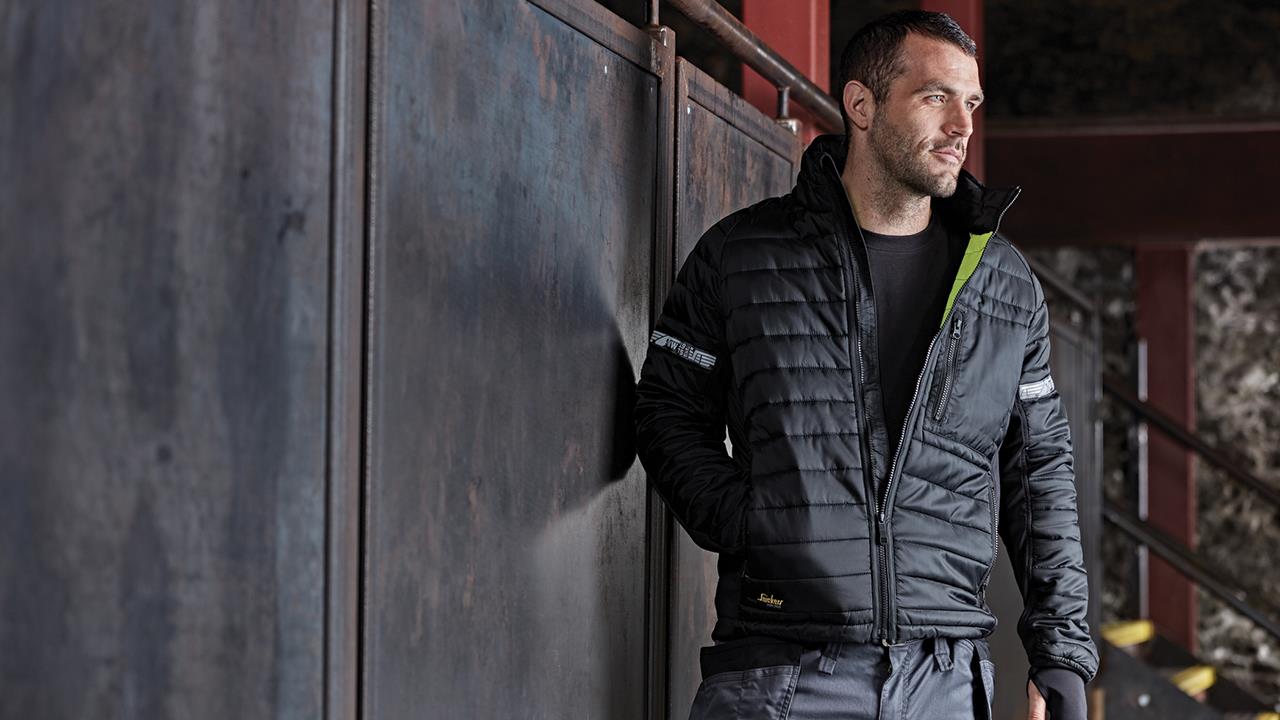

Staying snug on-site isn’t just about being warm and cosy — being outside in extremely cold temperatures can be a health risk, so it’s advisable to take preventative steps.
According to GMB Union, exposure to the cold for prolonged periods of time could leave workers feeling tired and unable to concentrate, resulting in a higher risk of accidents. Further to this, tradespeople could be susceptible to a host of cold-related illnesses, such as frostbite, circulation issues, or breathing problems like emphysema.
These issues aren’t only caused by being outside either; even working inside at a temperature below 8ºC can be a health hazard.
Thankfully, there is a variety of ways that tradespeople can mitigate the effects of the colder weather. These include having warm and sheltered rest facilities on-site, ensuring there’s a place to make or obtain hot drinks, and insulation (where possible) of the handles on handheld tools.
Many of these provisions should be provided by the employer, but for those working alone or in small teams, it’s good guidance to follow.
One of the other effective ways to stay warm is by wearing the appropriate clothing and personal protective equipment (PPE). So, how should tradespeople dress to stop themselves getting caught in the cold?
Layers, layers, and more layers
Contrary to popular belief, the answer to keeping warm isn’t just to throw on a big bulky coat! Although they do a decent job of offering warmth and comfort, the padding is often too restrictive when carrying out physical jobs. Instead, the key is to get clued up on the art of layering — a tried-and-tested technique designed to retain heat, and one that offers wearers more choice when selecting garments to put on.
Think thermals for starters, choosing base layers that are close to the body that can keep you warm, while also being lightweight and allowing plenty of movement.
Further to that, sweatshirts are a great way to layer up for extra warmth, acting as a mid-layer between a t-shirt and a jacket. For tradespeople that drive for their jobs, gilets can be a preferred option as they allow greater flexibility in arm movement, while keeping the body warm.
Coupling the above with the right accessories is a winning formula to warmth, so consider investing in fleece-lined headwear and gloves — both of which are proven to retain heat when working in the cold.
Don’t brush over breathability
While layers will keep you warm, breathable clothing is also important. Any garments worn on-site should be waterproof and breathable; physical work can produce sweat, resulting in the body trying to rapidly cool down. Workwear with ventilation panels and zips are therefore recommended to prevent this from occuring.
Check out new technology
The world of workwear is constantly evolving, particularly with innovative technologies that are changing the face of outerwear. Techy tradies out there will be particularly impressed by new jackets that have warming panels that can be activated at the touch of a button, and are powered by portable chargers, allowing the garment to provide heat for its wearer.
While these items are still uncommon, technology-driven garments designed to regulate temperature are becoming more prevalent in the marketplace, meaning they are likely to soon be more accessible to tradespeople.
If you'd like to keep up-to-date with the latest developments in the heating and plumbing industry, why not subscribe to our weekly newsletters? Just click the button below and you can ensure all the latest industry news and new product information lands in your inbox every week.